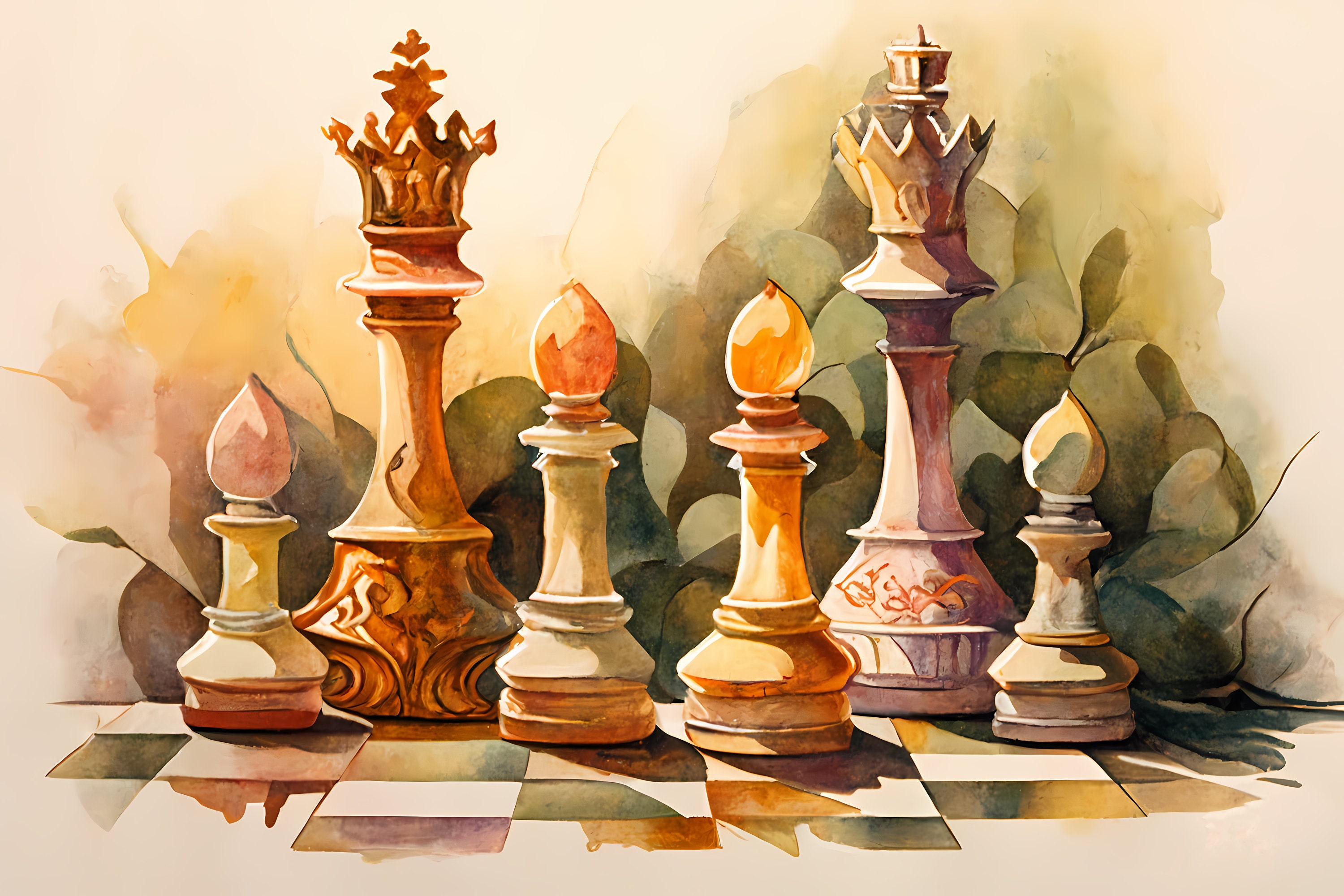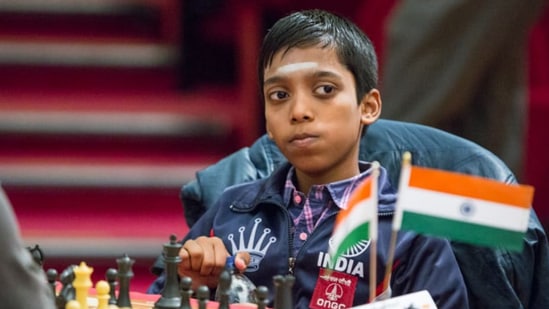Chess Strategy
Chess, often hailed as the "game of kings," is a timeless contest of intellect and strategy. Originating in ancient India, it has evolved into a global phenomenon, captivating minds and inspiring strategic thinking across cultures and generations. At its core, chess is a battlefield where players employ cunning maneuvers, foresight, and deep planning to outmaneuver their opponent. In this essay, we delve into the intricate world of chess strategy, exploring the fundamental principles, advanced tactics, and the strategic mindset that separates the amateurs from the masters.

Understanding Chess Strategy
Chess strategy encompasses a wide array of concepts, from controlling the center of the board to exploiting weaknesses in the opponent's position. At its most basic level, strategy revolves around controlling space, mobilizing pieces effectively, and coordinating them harmoniously towards a common goal – checkmating the opponent's king. The opening phase sets the stage for the rest of the game, where players vie for control of the center while simultaneously developing their pieces for future attacks.
Centralization and Development
Centralization of pieces is a fundamental principle in chess strategy. By placing pieces in the center of the board, players exert maximum influence over the game's crucial squares, enabling swift deployment for both offensive and defensive maneuvers. Furthermore, effective piece development is essential for maintaining flexibility and adaptability throughout the game. Pieces must be developed with purpose, aiming to control key squares and create harmonious coordination among the army.
The Role of Pawn Structure
Pawn structure plays a pivotal role in shaping the course of a chess game. A solid pawn structure provides stability and support for the pieces, while weaknesses in the pawn formation can be exploited by the opponent. Understanding pawn structures allows players to anticipate potential weaknesses and formulate strategic plans accordingly. Moreover, pawn breaks – strategic advances of pawns to create new avenues of attack – are powerful tools for disrupting the opponent's position and seizing the initiative.
Imbalance and Dynamic Play
Chess is a game of dynamic imbalance, where players seek to exploit disparities in material, pawn structure, and piece activity. Imbalances can arise from asymmetrical pawn structures, uneven piece placement, or disparities in development. Recognizing and capitalizing on these imbalances is a hallmark of strategic mastery, as players maneuver to leverage their strengths while exploiting their opponent's weaknesses. Dynamic play involves embracing uncertainty and complexity, navigating through the myriad possibilities with creativity and foresight.

Strategic Thinking and Long-term Planning
At its highest level, chess strategy transcends individual moves and tactics, encompassing long-term planning and strategic vision. Masters of the game possess the ability to anticipate multiple moves ahead, foreseeing the implications of their decisions and orchestrating intricate plans to achieve their objectives. Strategic thinking involves evaluating the relative strengths and weaknesses of both positions, identifying strategic goals, and formulating plans to achieve them. This requires a deep understanding of positional concepts, pattern recognition, and the ability to calculate variations accurately.
The Art of Positional Play
Positional play is the cornerstone of strategic mastery in chess. It revolves around optimizing piece placement, controlling key squares, and restricting the opponent's options. Central to positional play is the concept of prophylaxis – preventing the opponent's counterplay while enhancing one's own positional advantages. Masters of positional chess excel in maneuvering their pieces harmoniously, creating subtle threats and exploiting weaknesses in the opponent's position with surgical precision.
The Psychology of Strategy
Chess is not merely a battle of intellect but also a test of psychological resilience and emotional control. Psychological factors such as confidence, patience, and determination can significantly influence the course of a game. Strategic deception – misleading the opponent with feints, bluffs, and unexpected moves – is a potent weapon in the arsenal of the strategic player. Moreover, maintaining composure in the face of adversity and adversity is essential for maintaining clarity of thought and making sound strategic decisions.
The Evolution of Chess Strategy
Over the centuries, chess strategy has evolved in tandem with advancements in theory, technology, and human understanding. From the classical principles espoused by the likes of Ruy López and Philidor to the hypermodern innovations of Nimzowitsch and Reti, the strategic landscape of chess continues to evolve. The advent of computer engines has revolutionized the way players approach the game, offering unparalleled analytical depth and insights into strategic nuances. Yet, amidst these changes, the timeless principles of chess strategy remain immutable, serving as the foundation upon which players build their understanding and expertise.
Conclusion
Chess strategy is a multifaceted endeavor, encompassing a rich tapestry of principles, tactics, and psychological dynamics. Mastery of chess strategy requires a combination of analytical prowess, creative vision, and emotional resilience. Whether played for leisure or pursued at the highest levels of competition, chess offers an endless wellspring of strategic challenges and intellectual stimulation. As we navigate the complexities of the chessboard, we unlock the secrets of strategic mastery and embark on a timeless journey of discovery and enlightenment.
